If you are a first-time parent, the amount of information and equipment babies need can be really overwhelming.
You would be forgiven for thinking that you only need one bottle per baby, but this could not be further from the truth.
This article will take you through how many baby bottles you are likely to need as well as other relevant information on feeding.
Breastfeeding V Bottle-Fed
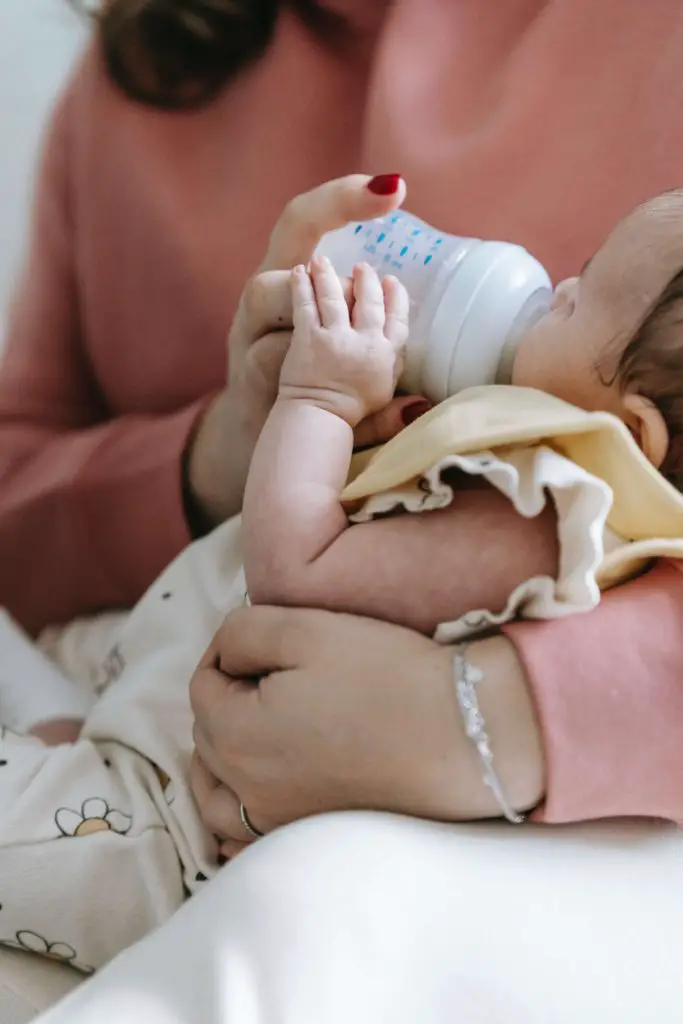
Many mothers will choose to breastfeed their baby for the first 6 months as they believe this is the most important time to do so.
If for some reason you cannot do this, do not feel bad about yourself. A lot of depictions of early motherhood lean heavily on breastfeeding, but this is not possible for everyone.
If you choose to breastfeed your baby, you will need far fewer bottles, to begin with. It is a good idea to keep 3 or 4 on hand, particularly if you plan on leaving your baby at any point.
These can be used to store breast milk so that your child can feed even when you’re not there. This is particularly useful for working mothers.
If you opt to feed your baby with expressed milk from the offset, it is recommended that you have 10 to 12 baby bottles on hand.
Choosing A Material For Your Baby Bottle
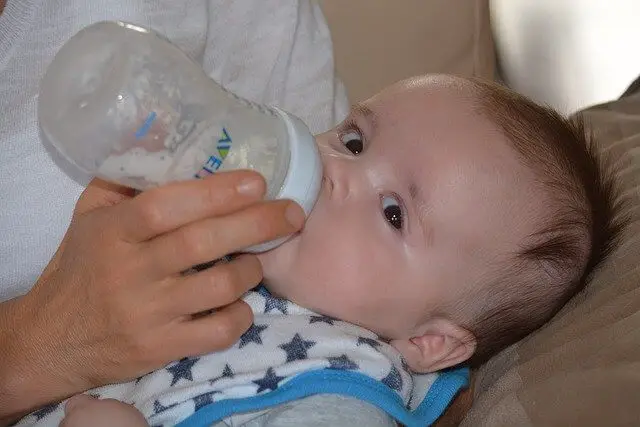
There are many different types of baby bottles. The two most popular options are glass and plastic bottles.
Glass bottles tend to be more durable and can withstand temperature changes without any adverse effects on the structure.
They are fairly hard to damage but are prone to shattering if they are dropped. Many people also find glass bottles easier to clean. They can be hard to source and tend to cost more than their plastic counterparts.
Plastic bottles are also fairly durable, but they are way more readily available and tend to cost less to purchase.
Due to the makeup of plastics, toxic chemicals can leak out into the liquid over time as the plastic begins to break down.
This is not something that you want your baby to ingest, and it means that plastic bottles will need replacing every 3 to 4 months.
You should take particular care to avoid plastic bottles with the recycling codes 3, 6, and 7. These indicate the presence of phthalates, styrene, and bisphenols respectively.
The only time you can overlook these codes is if the plastic is labeled as greenware or biobased. To reduce the chances of these chemicals seeping into the milk, try to avoid heating the plastic bottles.
Choosing A Bottle Size
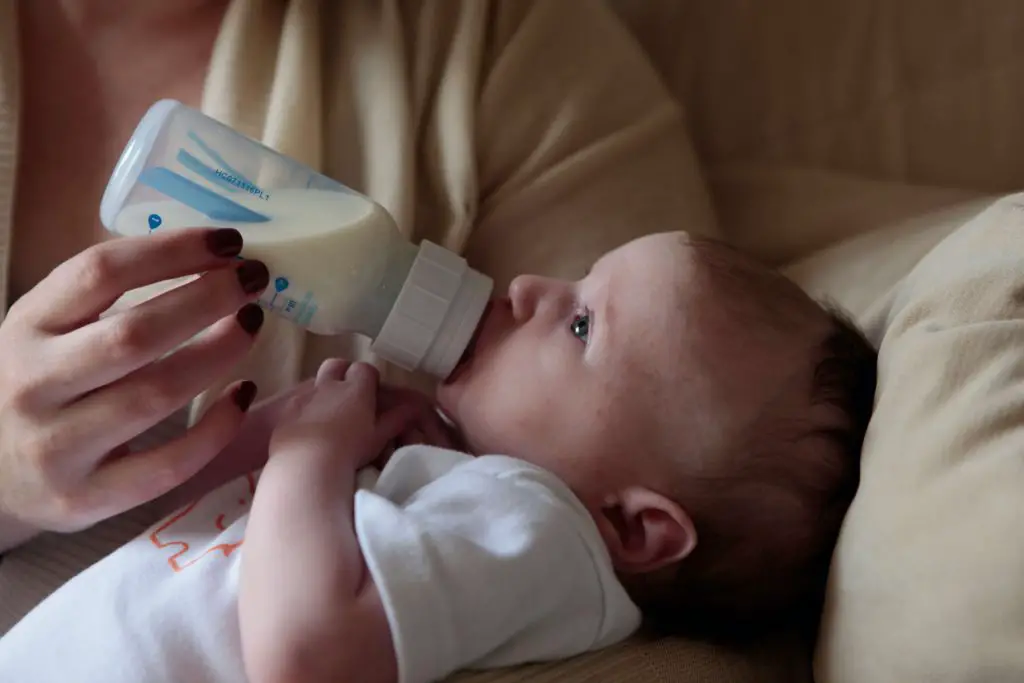
There are many sizes of baby bottles and the correct one will change as your baby grows.
For this reason, you do not need to be in a rush to purchase a dozen bottles of the same size, as soon your child will outgrow the smaller ones.
You should start with 4 or 5 oz bottles, as this is approximately the volume your baby will consume at each feeding.
When your child is about 4 months old, increase the bottle size to around 8 or 9 oz bottles. If your baby’s appetite seems to increase before this, do not be concerned about increasing the bottle size earlier.
Choosing A Bottle Design
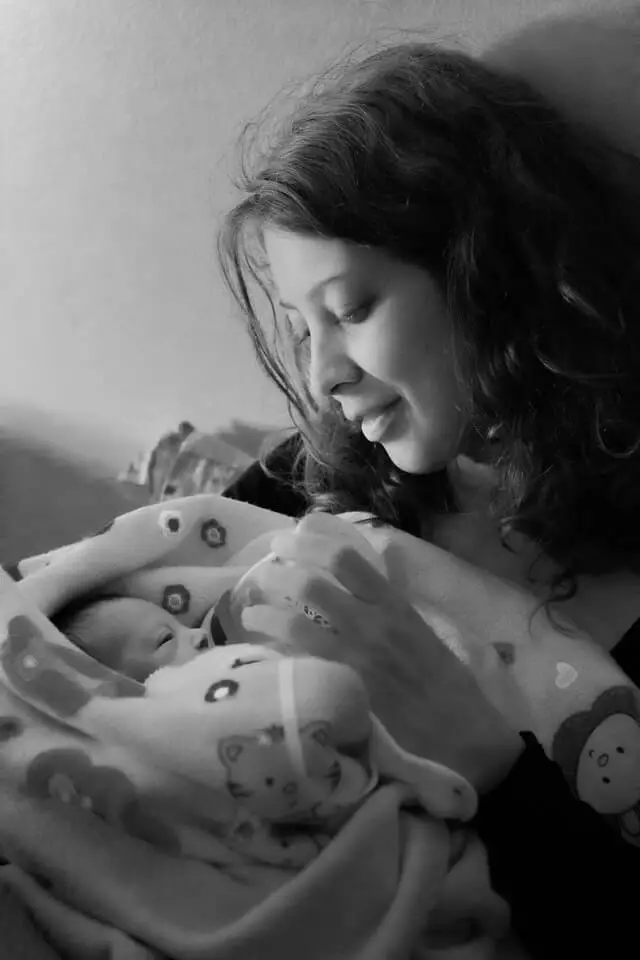
The 2 main bottle designs are standard and angled. The choice ultimately comes down to personal preference. We advise purchasing a couple of each, as each design changes the feeding position.
Standard baby bottles are easier to feed babies in a reclined or lying position. Angled baby bottles are better suited to a semi-upright feeding position.
Choosing A Nipple
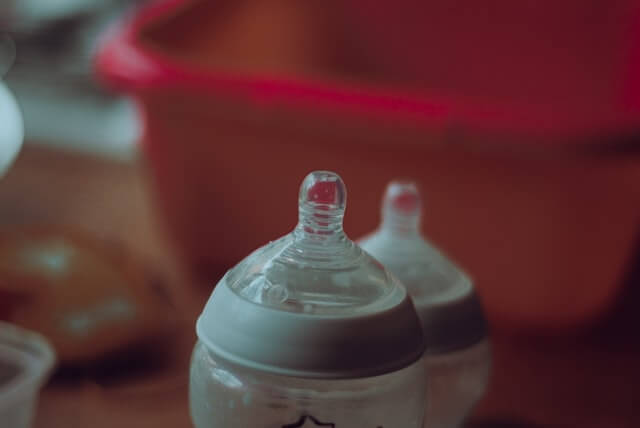
Baby bottle nipples are not all made equally. The standard nipples are made of silicone, a heat-resistant and bite-proof material.
This means that they are unlikely to get damaged while in use and will not need replacing too often. Silicone is a fairly flexible material that will make the feeding experience nicer for your baby.
You can also purchase latex nipples, sometimes called the ‘old school’ nipple. The material is more flexible and softer, but they are much less durable than silicone.
It is also much more likely that your baby will have an allergic reaction to latex when compared with silicone.
You can purchase nipples in a variety of nipple levels. These range from preemie flow to Y-cut. As the nipple levels increase, so does the flow rate of the milk.
This is the speed at which the milk trickles out of the nipple and into your baby’s mouth.
Unless your baby is ill or premature, the best place to start is at level 1. This mimics the natural flow rate of breastmilk and is the easiest way to transition your baby from the boob to the bottle.

You may be interested in my other Baby Prep articles:
Other Things To Consider
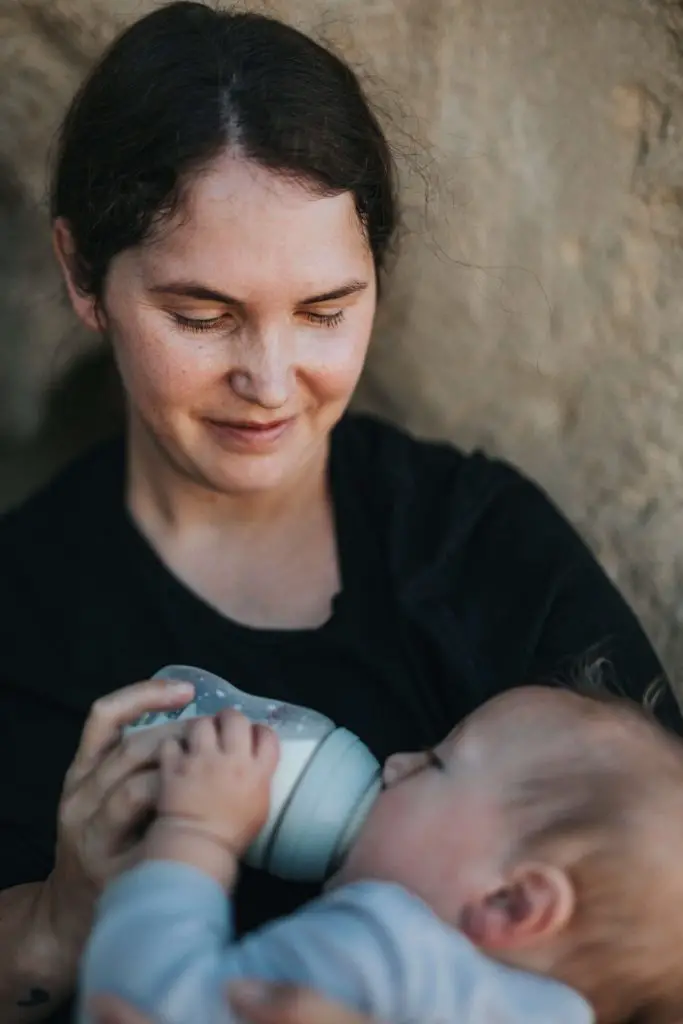
If you can clean each bottle immediately after use, you will not need to have as many.
Be aware that being a parent to a newborn is very demanding and you may not have as much free time as you expected. Help yourself out and ensure you have at least 1 or 2 extra bottles on hand.
When choosing a bottle, you should also take into account how easy it is to dismantle, reassemble, and clean.
This may seem like overkill, but anything that can make your life easier will be a welcome gift when you are feeding your baby at 3 am.
If you plan to prepare bottles for your baby ahead of time and store them in the refrigerator, you will need a larger number of bottles.
Also, if you plan on leaving your baby with a caretaker or babysitter you will need bottles to hand over to them.
At the end of the day, you can prepare as much as you like but your baby has the final say. Not all babies will like all bottles or nipples, and it can take a little trial and error to find the one that they like the best.
The video below has a great guide to selecting which bottles are best for you
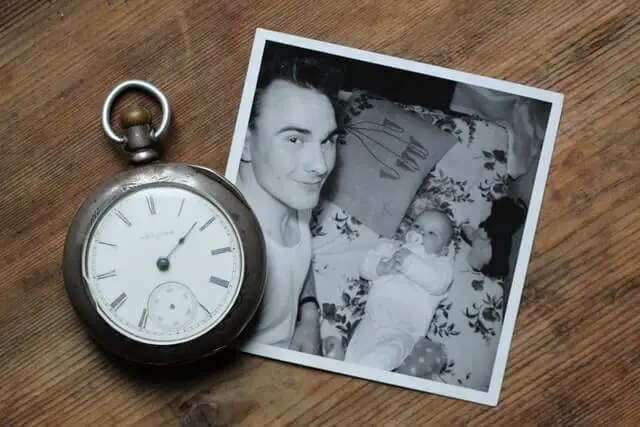
You may be interested in my other articles on Baby Memories:
Baby Handprint and Footprint Keepsakes

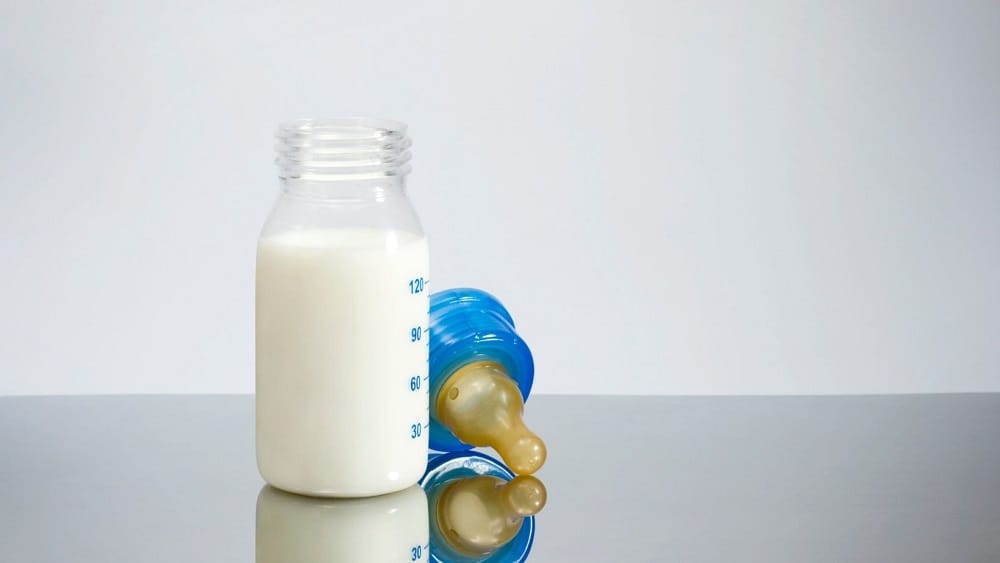
5 comments
Comments are closed.